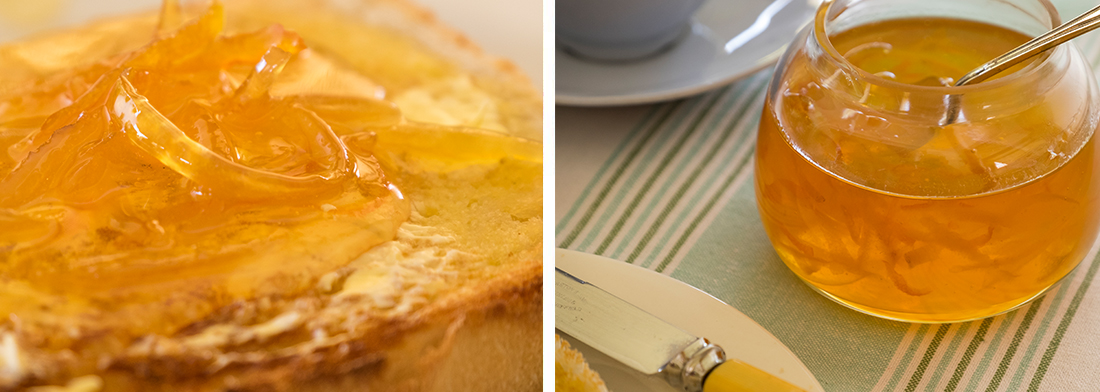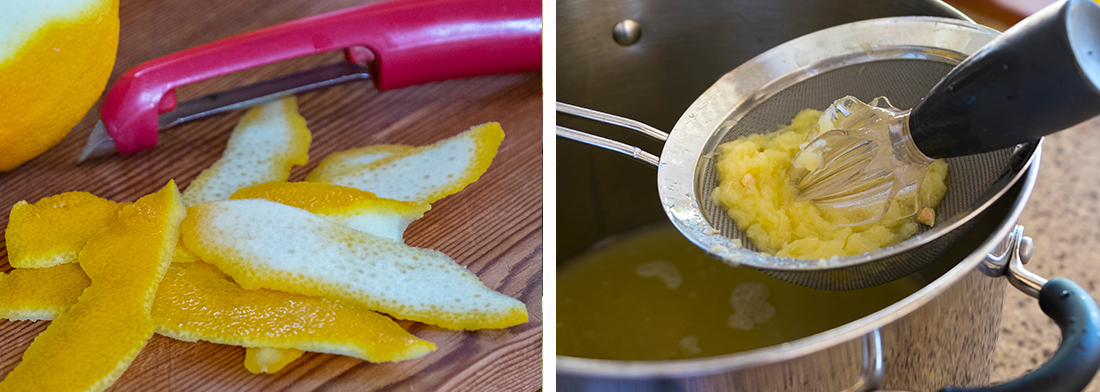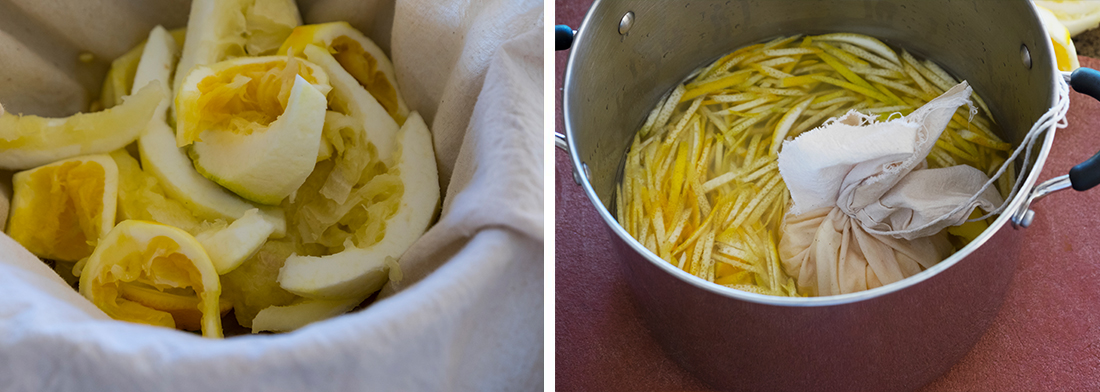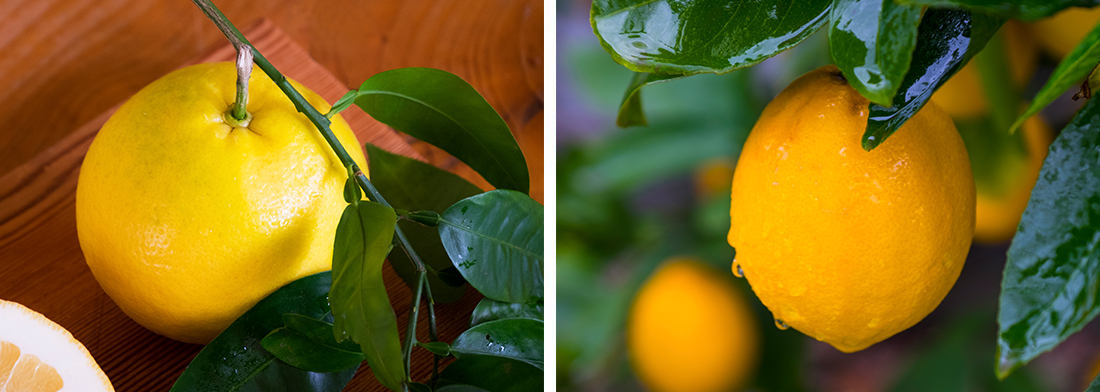Grapefruit & Lemon Marmalade
- Jams, Jellies & Marmalades

For marmalade officados, this combination of grapefruit and lemon produces a deliciously sweet and tangy preserve. My abundant Marsh grapefruit and Meyer lemon trees form the basis of many of my marmalade recipes. The Meyer lemon, slightly sweeter than other lemon varieties and with a distinctive golden yellow orange colour offset the intense grapefruit flavour. To get a ruby - blushed marmalade substitute yellow grapefruit with a ruby variety.
- Preparation Time:
- 45 minutes
- Cooking Time:
- 1.5 hours
- Quantity:
- 6 x 325 ml jars
PREPARATION
Warm the sugar by placing into a stainless steel bowl and put into a low oven for approximately 20 minutes. Keep warm until required.
Sterilise and dry sealable glass jars and lids

INGREDIENTS
- I kg
- Grapefruit, peeled
- 2
- Lemons,
- Knob
- unsalted butter
- 1.2 lites
- Water
- 1.3 kg
- White sugar, warmed

METHOD
Numerous ways to make marmalade
Wash the skin of the grapefruit and lemons to remove any dirt and debris or wax if they have been commercially grown. Using a vegetable peeler, remove the rind in thick pieces. Cut into thin or thick shreds depending upon your liking.
Place a small knob of butter in the bottom of the preserving pan and add the grapefruit and lemon juice. Discard the cut grapefruit and lemon shells. Place the shreds and water into the preserving pan.
Place a lid on the preserving pan and simmer gently for approximately 1.5 hours until the peel is very tender. To test if it is cooked sufficiently, take a piece of peel between your thumb and first finger rub them together and the peel should break down easily to almost nothing, When the peel is cooked, remove the cloth bag from the pan and allow to cool slightly before squeezing it over the pan.
Stirring constantly over a low heat add the warmed sugar in 3 batches ensuring the sugar is dissolved before more sugar is added. When the sugar is completely dissolved, bring to boil quickly and boil rapidly, uncovered, for 10-15 minutes or until the setting point is reached. Do not stir during this time, but keep an eye on the pan so that as the marmalade foams and rises in the preserving pan it does not boil over. Turn down slightly is required.
Remove from the pan from the heat and place on a wooden board. Skim off and remove any scum using a stainless steel spoon or ladle. Leave to cool for approximately 10 minutes, then stir gently and use a funnel to pour into dry sterilised screw cap sealable bottles. Fill to approximately 2.5cm (I inch) from the top of the bottle and seal using your preferred method.
-
Seal, label when cold and store in a cool dark place in the kitchen or pantry.
Allow the marmalade to mature for at least 2 weeks before eating.
NOTES
- The addition of a small knob of butter will help to produce a clear marmalade.
- Always wash citrus fruit before use to remove any dirt, wax or pesticides that may have accumulated in the rough skin.
- When shredding the peel, slice it slightly thinner than required in the finished marmalade. The rind will swell lightly during the cooking process.
- Simmer the marmalade mixture gently until the peel is soft. Rapid boiling prior to the peel becoming tender will produce a marmalade with tough peel.
- Once the peel is soft and the added sugar is completely dissolved, the marmalade should be then be boiled rapidly.
- To make the cloth bag, drape a square of muslin or calico over a basin. Place the pips and membrane mixture into the cloth. Draw all the edges together and tie with kitchen string. The pips and pith have high pectin content. The addition of some pith will assist the setting process. The more white pith added to the cloth bag, the bitterer the final marmalade will be.

